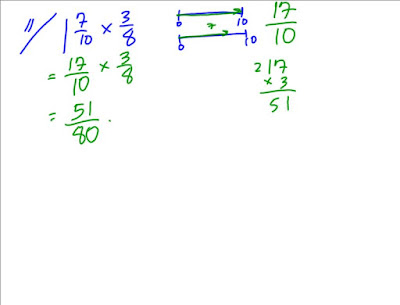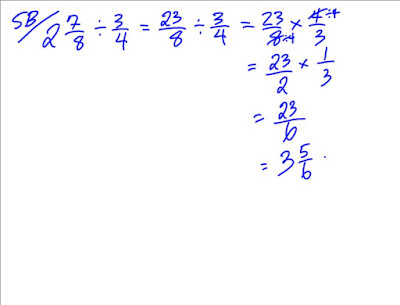Science
1.2 More About Matter pg.10-11
The 3 states of matter are solid (i.e. ice), liquid (i.e.
water), and gas (i.e. vapour).
A rock is a solid because it has a definite shape and
volume.
Grape juice is a liquid because it takes the shape of its
container and has a definite volume.
Air is a gas because it does not have a definite volume
or shape and takes the shape of its container.
When heated, a solid (i.e. ice) changes to a liquid
because the water particles move faster and spread apart in all directions
causing it to melt; if you add more heat, the water will evaporate into a gas
(steam).
Both solids and liquids have the same volume – the quantity
of space they occupy will never change because the arrangement of their
particles is constant.
Solids: definite shape, definite volume.
Liquids: definite volume, shape changes according to
container.
Gases: no definite shape or volume.
These are solid particles. They stay in the same position, very close
together and move little.
These are liquid particles. They are close together but move around in
all directions.
These are gas particles.
Full of energy, they move quickly and spread apart in all directions.
Solid: definite shape (yes), definite volume (yes).
Liquid: definite shape (no), definite volume (yes).
Gas: definite shape (no), definite volume (no).
apple juice: liquid b/c definite shape, definite volume,
particles medium energy.
water vapour: gas b/c steam no definite shape, no
definite volume, particles high energy.
wood: solid b/c definite shape, definite volume,
particles low energy.
Geography entertainment/tourist district of Toronto due Wednesday Sept.30th
Literacy: Seedfolks
Sae Young
- gentle, sensitive soul
- as social beings, we all need to live in positive relationship with others
- everyone needs emotional and spiritual connections to feel accepted, included, welcomed, valued
- the garden enabled her to come out of seclusion, begin to get over her traumatic experience, learn to trust others again, feel validated (use of her funnel)
Curtis
- he was very self-absorbed, egotistical, center-of-attention
- as such, he took things and others for granted
- sometimes we don't realize the good we have in our lives until we loose it permanently
- when he realized this, he became selfless, he shifted all his energy, effort and attention from himself to Lateesha, with the hope of winning back her heart
Complete follow-up questions writing thoughtful, well-structured paragraphs with supporting details.
















































